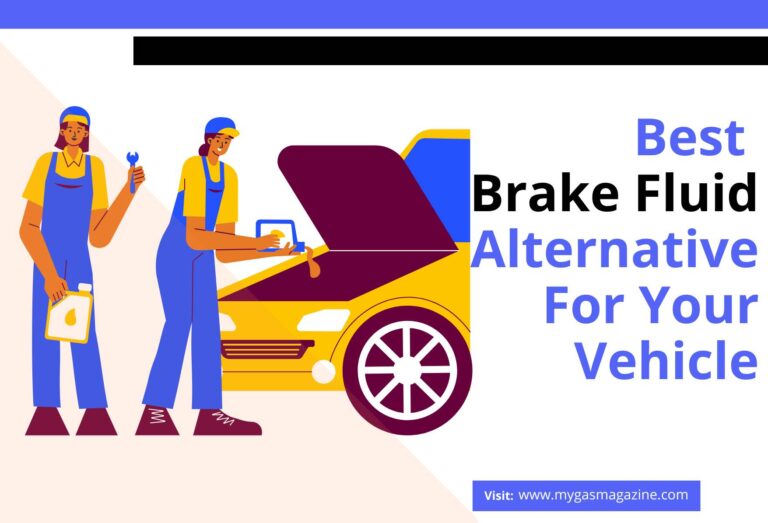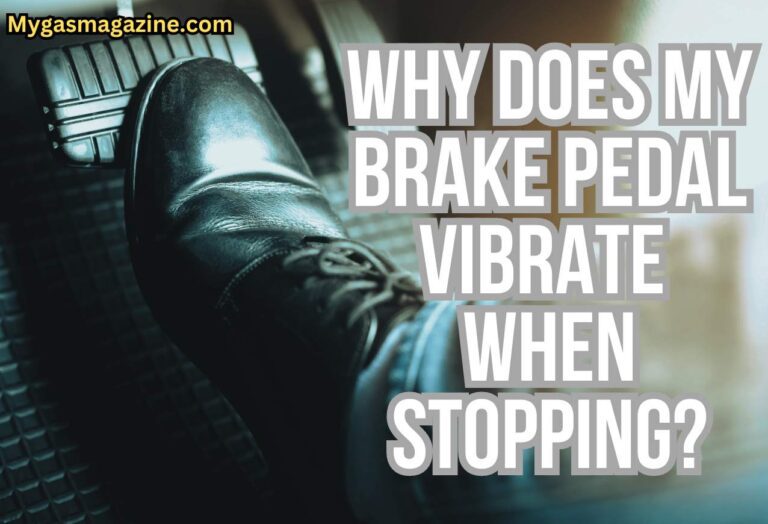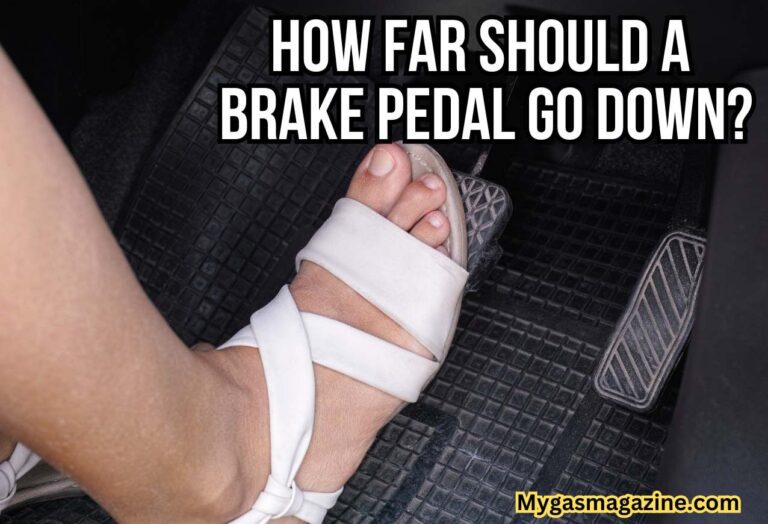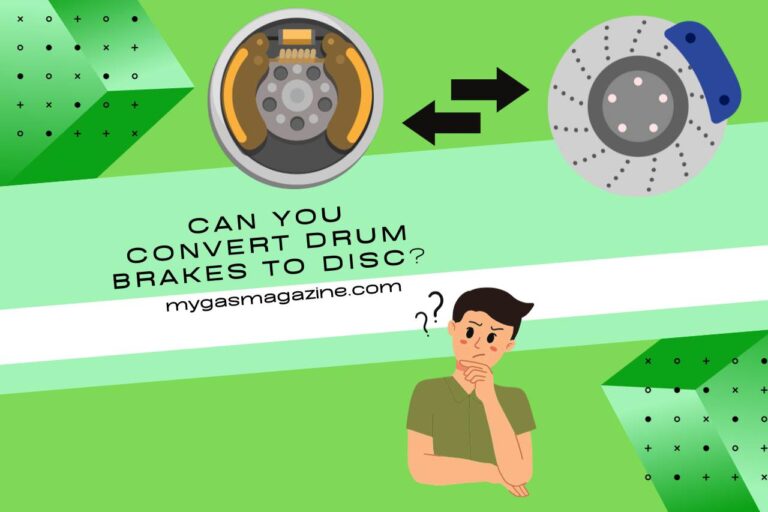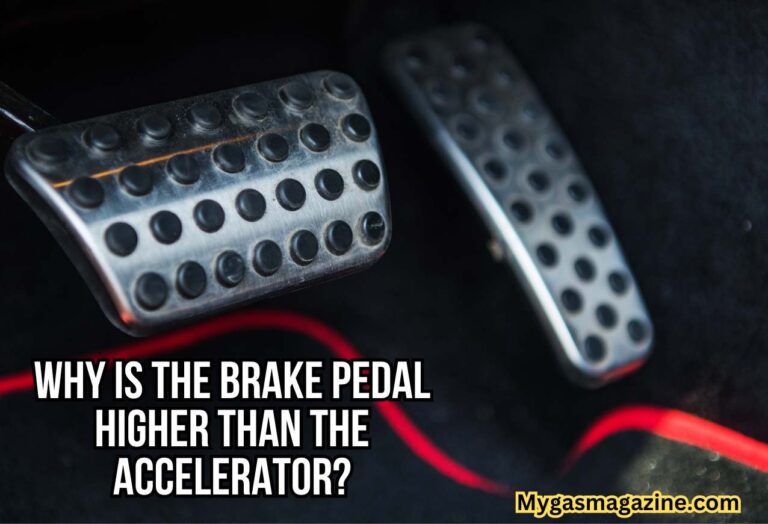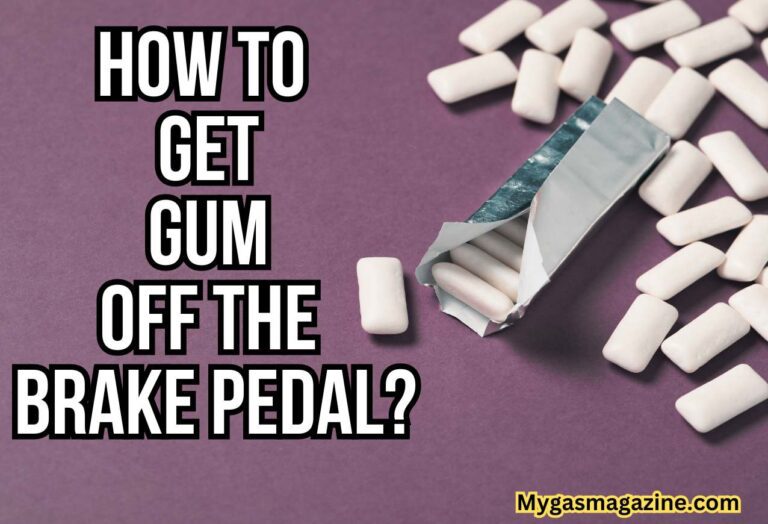Difference Between Park and Parking Brake – (Understanding Auto Lingo)
The difference between ‘park’ and ‘parking brake’ is an essential comparison every driver needs to know; although both components seem the same, they are used differently. In the intricate dance of gears and levers, understanding each component’s role is essential for safe driving. From the foundational meaning of ‘park gear’ to the specific scenarios where one uses the parking brake or gear first. Do not be puzzled! Join our complete guide as we drive through the intricacies, ensuring you’re always in the right gear, both literally and figuratively!
What is the Meaning of ‘park’ in a Vehicle?
The ‘park gear’ in a vehicle refers to the position in an automatic transmission that locks the transmission. So, it is designed to prevent the vehicle from moving.
When the vehicle’s shift lever is moved to the “P” or “Park” position, the park gear is engaged. This action mechanically locks the transmission’s output shaft, ensuring the vehicle remains stationary, even without the application of brakes.
The following points will further explain to you some key factors of park gear.
- Purpose: It offers an additional layer of safety against unintended movement.
- Usage: It is commonly used when parking a vehicle.
- Caution: Relying solely on park gear without engaging the parking brake can lead to wear over time. So, it’s always wise to combine its use with the parking brake for maximum security.
What is the ‘parking brake’ of a Vehicle?
The ‘parking brake’ of a vehicle, often referred to as the emergency or handbrake, is a mechanical system designed to hold the vehicle stationary.
Unlike the regular brakes, which operate through a hydraulic system, the parking brake uses a cable to engage. That’s why, it can act as a safeguard against potential rolling or unintended movement.
Implemented typically when parking, especially on slopes, this brake acts as an essential backup to the main braking system.
To ensure vehicle stability, you are always advised to engage both the park gear and the parking brake when stationary for prolonged periods.
Difference Between Park Gear and Parking Brake
The primary difference between park gear and parking brake lies in their function and mechanism. While the ‘park gear’ is a transmission setting ensuring the vehicle remains stationary by locking the transmission, the ‘parking brake’ acts as a secondary, mechanical brake system designed to hold the vehicle in place. Want to learn more? Our point-wise explanation will give you a crystal-clear idea.
-
Functionality
- Park Gear: This is specifically for vehicles with an automatic transmission. When engaged, it locks the transmission, preventing the wheels from turning and moving here and there.
- Parking Brake: Regardless of transmission type, this brake can be used. Often referred to as the emergency or handbrake, it provides an added layer of security against unintended movement. It is especially beneficial when you drive on slopes.
-
Mechanism
- Park Gear: It uses the transmission’s internal components to immobilize the drive wheels. Essentially, a pawl (a locking mechanism) engages with a gear to prevent movement.
- Parking Brake: Operates through a cable system, independent of the vehicle’s hydraulic brakes. When you activate it, it directly engages the brake shoes or pads, holding the vehicle stationary.
-
Use Cases
- Park Gear: It’s essential every time an automatic vehicle is set to “Park” before shutting it off.
- Parking Brake: As a general recommendation, drivers are instructed to engage it whenever parking, especially on inclined surfaces, ensuring double safety with the park gear.
What Do you Use First When Stopping the Vehicle: Parking Gear or Parking Brake?
When stopping a vehicle, particularly an automatic one, you should first engage the parking gear and then apply the parking brake. The reason why, you can ensure safety while minimizing wear and tear.
Here is a quick guide to using these two components when you want to stop the vehicle
- Parking Gear: Once you halt your vehicle, shift it into the “Park” mode. This action engages the internal locking mechanism within the transmission, stopping the drive wheels from moving.
- Parking Brake: After the parking gear is in place, activating the parking brake provides an added layer of safety. Often using a separate mechanical system, it directly holds the vehicle stationary, which is especially beneficial on slopes.
By adhering to this sequence, vehicle owners can ensure maximum safety and reduce the potential strain on the transmission.
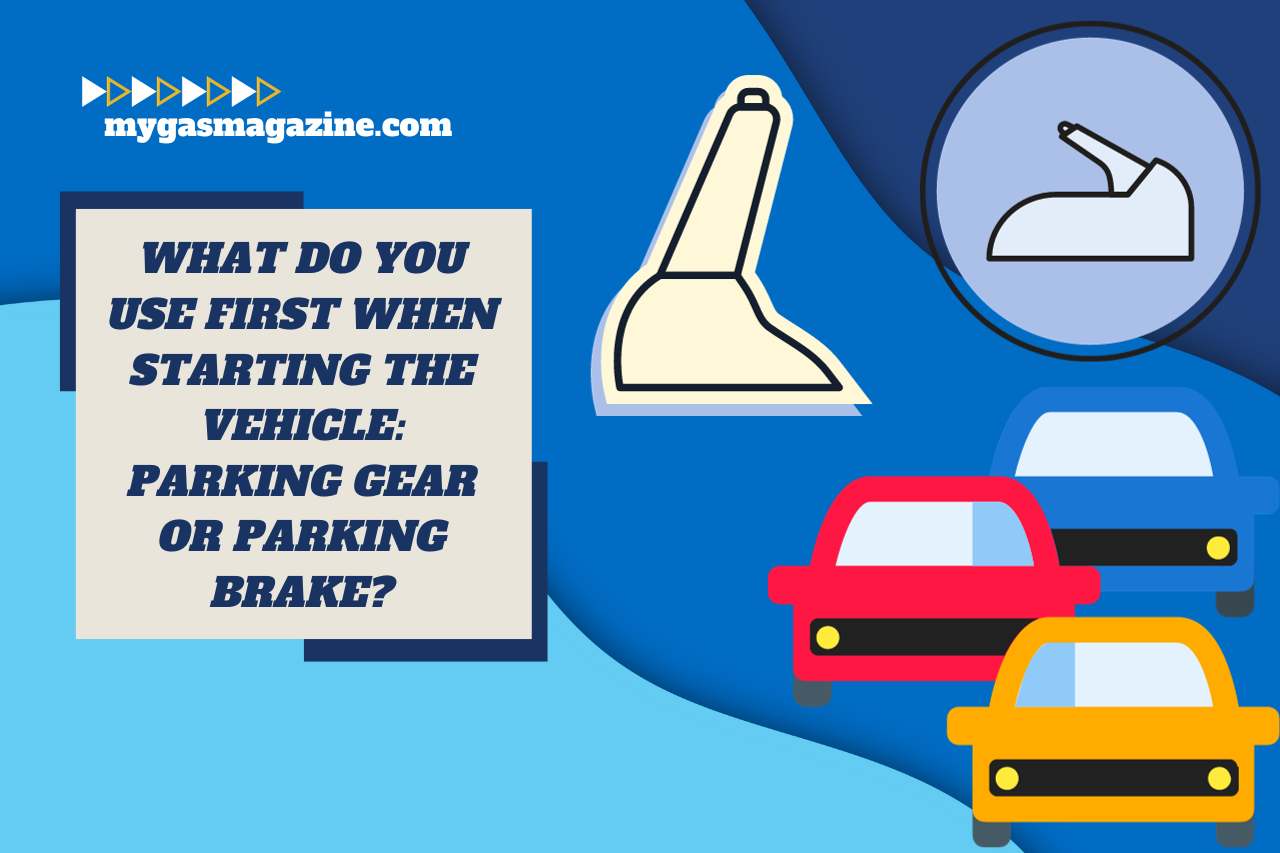

What Do you Use First When Starting the Vehicle: Parking Gear or Parking Brake?
When starting the vehicle, the recommended approach is to ensure the vehicle is in the parking gear first, followed by releasing the parking brake.
Let’s discuss how they engage when you start the vehicle further.
Keeping the vehicle in parking gear ensures it remains stationary during ignition. It acts as a primary safety measure against inadvertent movement.
Once the engine is running and the car is ready to move, releasing the parking brake becomes a secondary step.
This sequence prevents engine strain and any unintended rolling, especially on inclines. By ensuring the parking brake is not engaged while starting, you’re reducing unnecessary wear on the brake components.
Do you Need to Use Parking Brake on an Automatic Car?
Yes, in regard to whether you need to use the parking brake on an automatic car, it is recommended to use it consistently. While the park gear in automatic vehicles does offer some stationary hold, the parking brake ensures added safety.
If you are eager to know why it is important to use the parking brake on your automatic car further, look at the points below.
- Redundant Safety: The parking brake operates on a separate mechanical system from the transmission’s park gear. Hence, using it provides a backup in case the primary locking mechanism fails.
- Minimize Strain: Regularly using the parking brake can reduce potential strain on the transmission, especially when parked on inclines.
- Preserving Brake’s Efficacy: Consistent usage maintains the brake’s functionality over time, preventing it from becoming “stuck” due to disuse.
Watch this one,
Video Credits – Helping U online
You May Also Like
- How does a Caliper Parking Brake Work? Unveiling the Mechanics!
- How to Tell If Parking Brake is Stuck? Uncover the Mystery!
- When to Use Park Brake? Mastering the Art of Parking!
- Park Lights Come On When the Brake is Pressed – Understanding the Link!
- Brake Lamp Bulb Fault – Replacing a Faulty Brake Lamp Bulb!
- Park Brake Limited Function Service Required – Expert Tips for Maintenance!
- Parking Brake Engaged While Driving – What to Do Next!


Meet Lakith, the driving force behind MyGasMagazine.com. A seasoned mechanic with over 7 years of hands-on experience in our family-run Gas Mag Garage, Lakith combines his technical expertise with a deep passion for cars. His journey in the automotive world began alongside his father, learning the intricacies of car repair and maintenance. Today, as the founder of MyGasMagazine.com, Lakith shares his wealth of knowledge, offering readers a unique blend of practical advice, industry insights, and engaging stories from the vibrant car culture of Sri Lanka.


